Wouldn't it be nice if your students were always focused and engaged in learning? It's hard enough to get everyone to sit down and be quiet, and once you succeed, halfway through the lesson, you see their eyes glaze over.
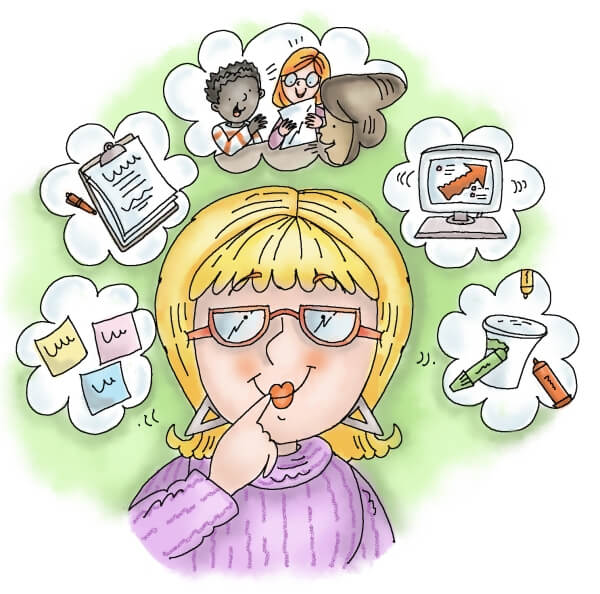
You've sat through a long, boring meeting, right? And your mind wandered. It happens to the best of us, and kids are no different.
Here are some strategies for creating and maintaining focus and engagement among students as well as creating more joy for yourself and your students.
1. Let Students Choose a Topic That Matters to Them
Adults have a hard time focusing on a subject they don't care about. Kids are no different.
How do you teach math concepts to kids who think they'll never use it in the "real world"? (That's not true, of course, but try explaining that to a kid. They'll figure it out. And you can prepare them for what's coming by getting them excited about math.)
Try connecting it to topics that they're interested in.
Kwame Sarfo-Mensah got his seventh-grade students engaged in math by creating a unit project that would bridge the gap between math and real-world issues. Finding the right topic is as simple as asking your kids what interests them. You can ask them to discuss as a class, or create a survey for them to fill out if open discussion is too much pressure.
Once you have a topic, you'll want to come up with an open-ended question that students will focus on answering throughout the project. Then identify the relevant math skills and standards that your students will need to use to complete the project.
2. Let Your Students Become the Teacher
When you've got different kinds of learners in one classroom, a dynamic approach can help everyone get what they need for their particular learning style.
Instead of silent whiteboard practice, one teacher implemented a practice called "Try It, Talk It, Color It, Check It." In this approach, students worked on a problem independently for two minutes, then compared their solutions with a small group and explained how they got it.
Next, each group had to agree on a single answer, and color-code a cup to display their level of confidence in the answer they chose. (Green for correct, yellow for uncertain, and red to indicate that they were probably wrong.)
This strategy got kids talking to each other, which is a great way to increase engagement. Since the exercise starts with independent practice, the kids who do better on their own were able to solve the problem. The collaboration phase provided support to the students who would have needed help from the teacher.
Even better, the color-coding system gave the teacher a clue, so she could meet students where they were, instead of explaining the whole problem from the beginning (and making students' eyes glaze over because they hear things they already know).
3. Make Classroom Management Part of Your Daily Lesson Plans
Keeping your students focused and on task can seem like a never-ending struggle. But veteran teacher Laura Kebart says that creating your lesson plans with classroom management in mind will naturally keep students engaged.
The biggest takeaway from this blog post about effective lesson planning is building a warm-up exercise your students can do independently while you are taking attendance or struggling to force technology to comply with your demands.
You can plan for disruptions ahead of time, and build them into your lesson plan for a much more zen-like teaching-and learning!- environment.
To learn more, read this blog post that explains why you need a comprehensive lesson plan to keep your kids from running the classroom.
4. Embed Techniques to Ensure All Your Students Are Engaged
Asking your students, "Who can tell me the answer?" may seem like a good way to engage a classroom. But usually, this results in getting answers from the same handful of students. It's not a great way to engage every student in the room.
So: how can you structure your lessons so that all of your students are actively engaged and demonstrating their learning? In this article on Edutopia, they discuss a technique called the "Chalkboard Splash."
First off, the teacher prepares a "deep and meaningful prompt that captures the big ideas behind the content being presented." The example they use is to ask, "What are some of the challenges you could see within societies that embrace capitalism?" instead of, "What is the definition of capitalism?"
The teacher then asks students to write down their responses on a sheet of paper and then pare down their answer to 15 words or less. (This way, the activity won't take up too much time.)
Next, each student grabs a piece of chalk and writes their short response somewhere on the chalkboard.
The benefit of this approach is that all of your students are required to spend time thinking about and sharing their responses, rather than waiting for the overachievers to raise their hand and answer the question.
Even disengaged students will be thinking about the question, instead of whatever it is they are thinking about when not forced to actively participate in class.
5. Incorporate Video Games in Teaching
Do you ever wish that your students could get as engrossed in math homework as they do building things in Minecraft? Try bringing games into your classroom! And yes, I do mean video games. (Apparently, even Minecraft has an educational edition, in case you were unaware.)
In his article How to Find Games for Classroom Learning, Matthew Farber observed that his middle school students became highly engaged with content that would normally be boring to 12- and 13-year-olds when a game was the medium for delivering information.
When you think about video games, you probably envision a solitary activity, like the stereotypical man living in his mother's basement, playing video games all day, and surviving on Doritos and Mountain Dew. Video games, like the fabled man in the basement, get a bad rap.
What's interesting is that even single-player games do not need to be played by one individual in isolation. A game such as Gris, which can be used to teach symbolism in language arts or to teach social and emotional learning skills, is a "beautiful and haunting game" that is playable on a variety of platforms.
The story is about trauma and loss. As you go through the levels, you progress through the stages of grief. It's not a game where you compete and level up; it's more of a narrative that uses the mechanics of a video game to tell a story.
As Farber points out, a game such as Gris can be played as a class by projecting it onto a screen, with students taking turns playing as everyone watches together. You can pause the game for discussion, and teachers can provide valuable context as students are playing.
If you'd like more ideas for video games to use in the classroom, download a free copy of Learning, Education & Games, Volume 3. It explores 100 different video games and how educators used them in the classroom.
Bonus Idea: Scoot Games
Get kids in your classroom moving and doing math with scoot games. It's been proven that when kids move it helps their brain and they will love playing scoot!
Trending
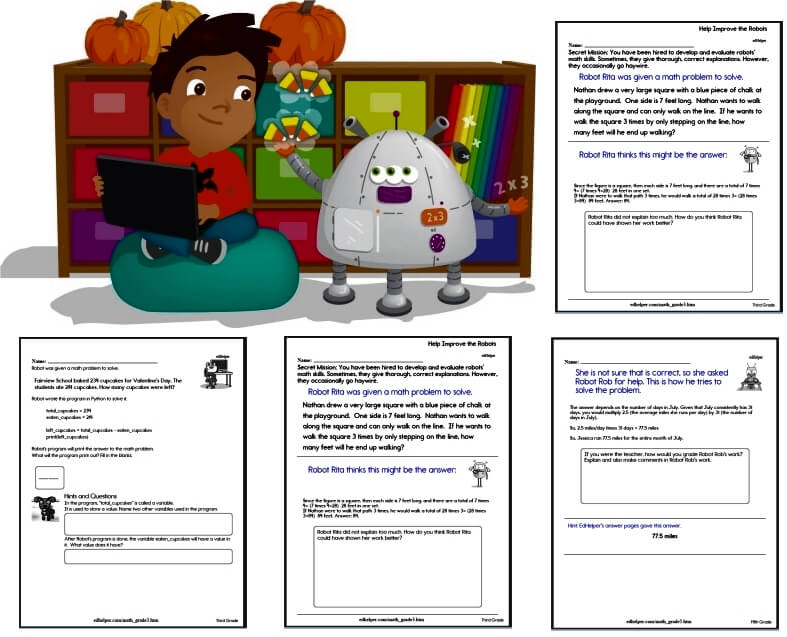
Daily Math Practice
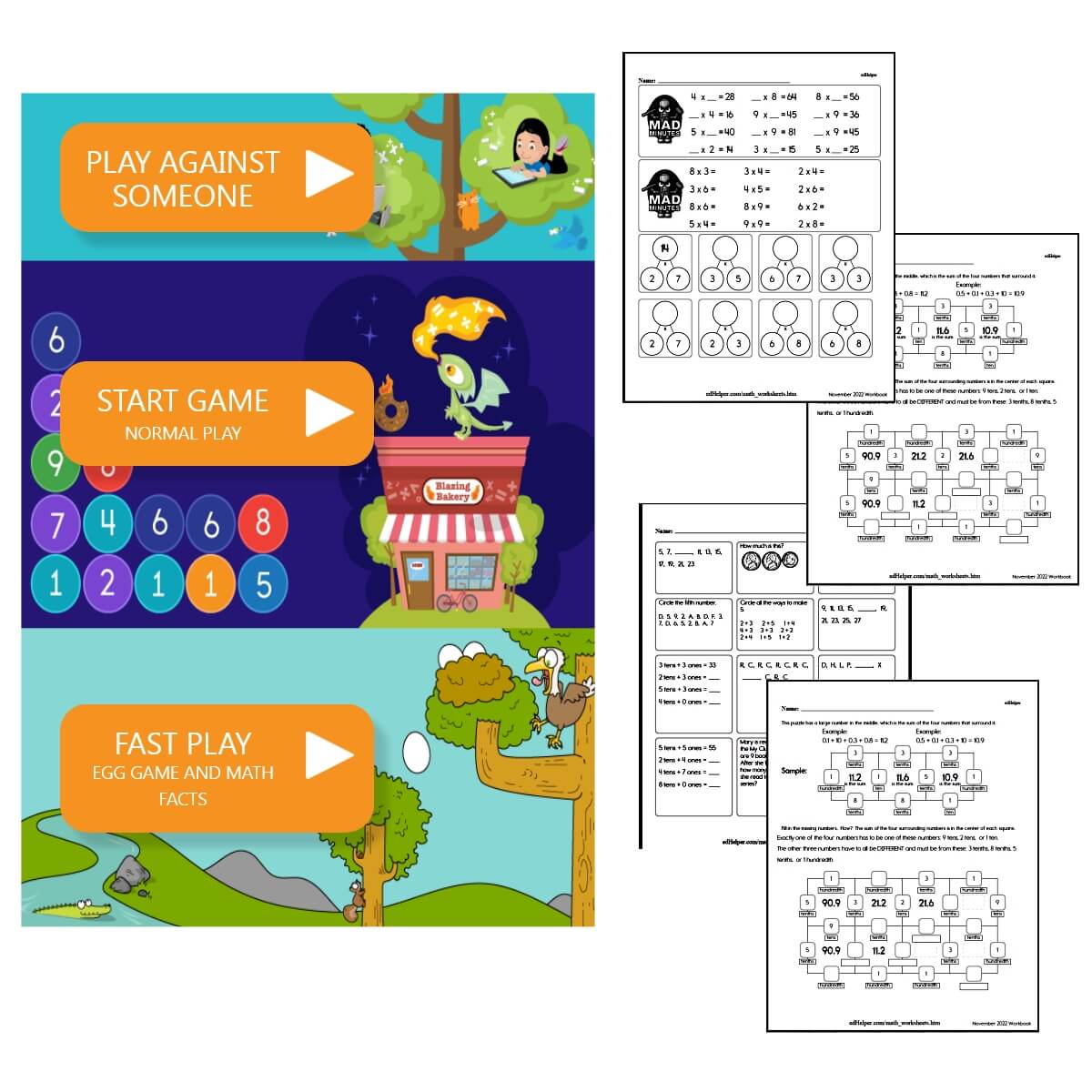
Math Homework for Generation Alpha
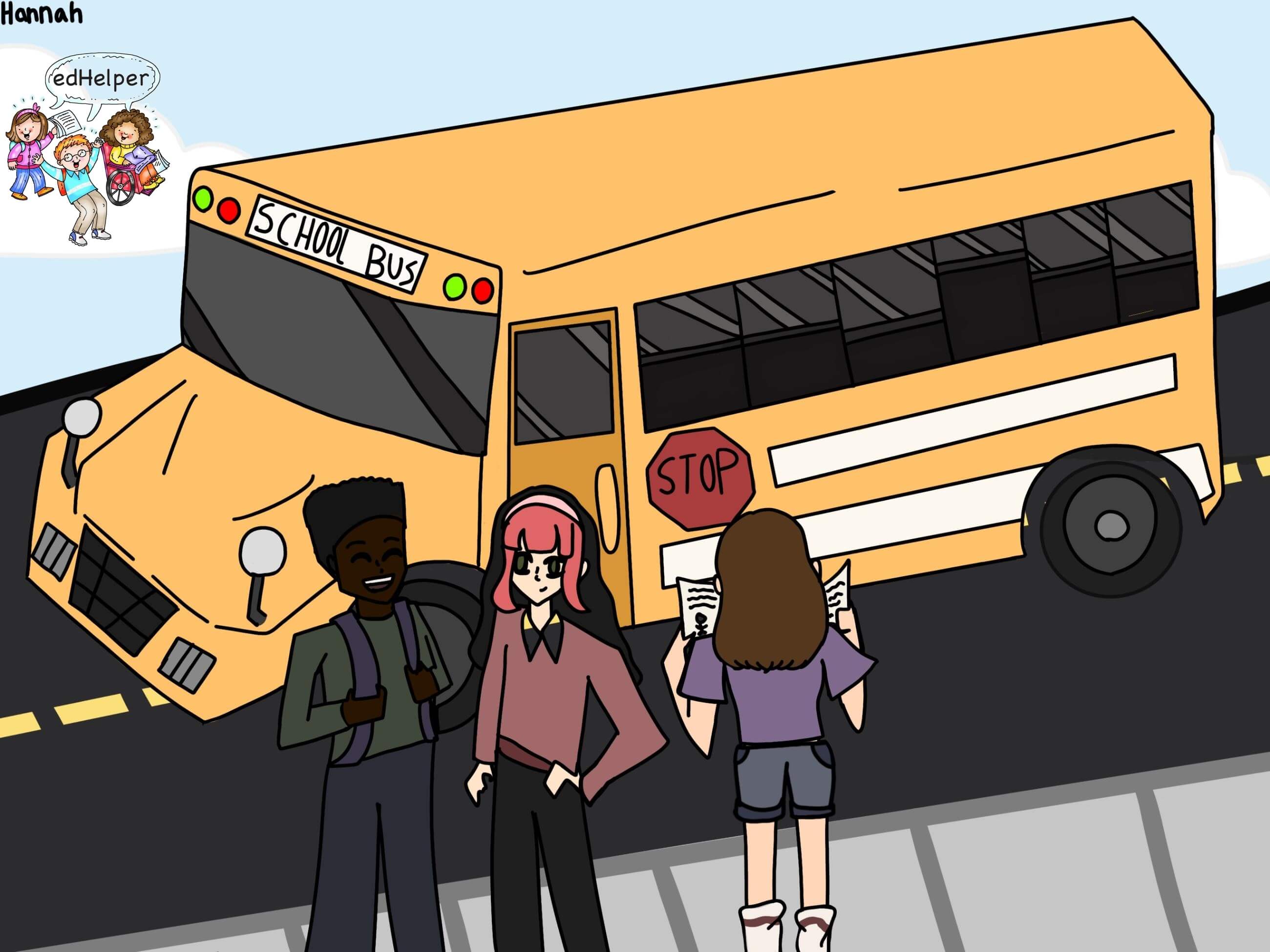
Freebies for Busy Teachers
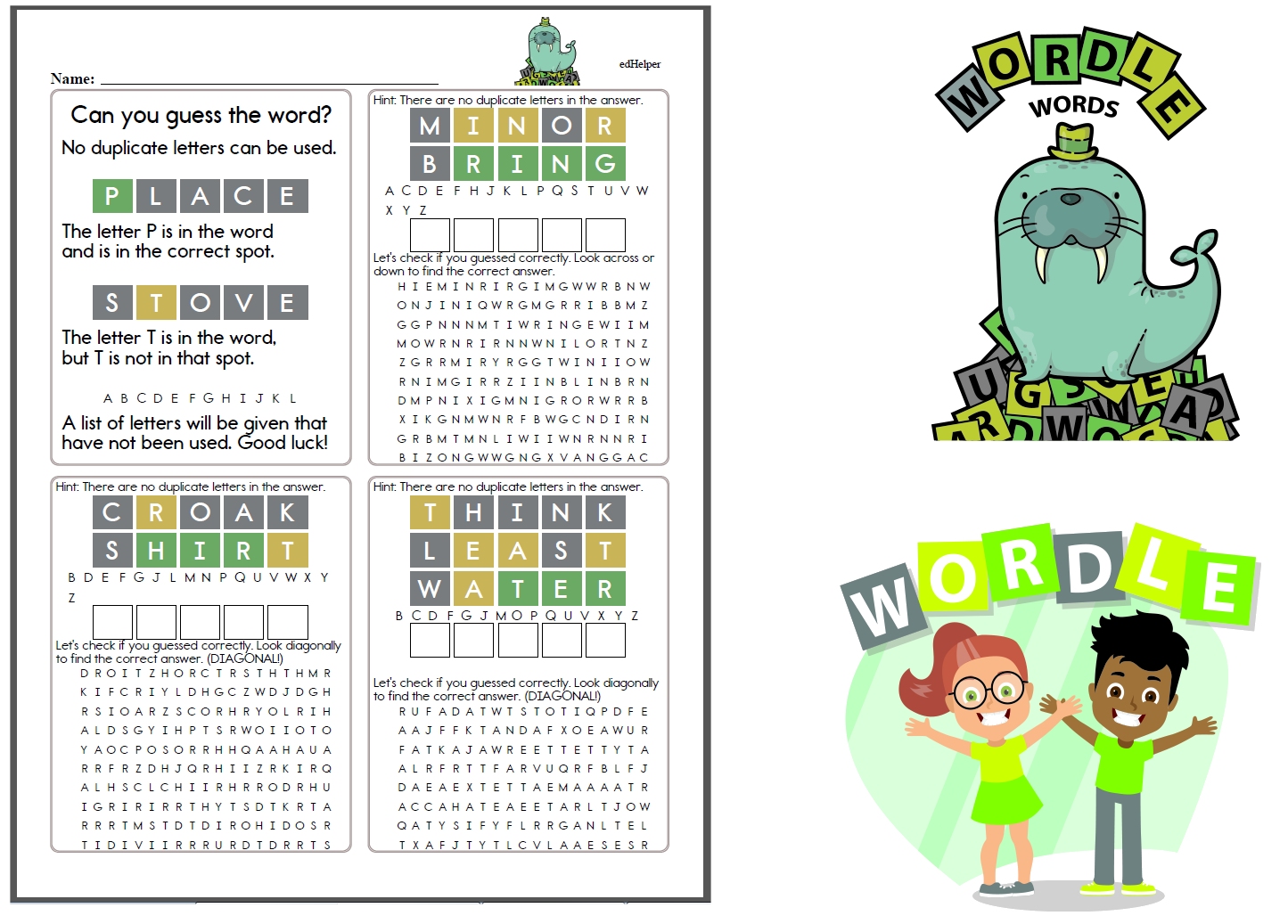
Wordle Worksheets

Mental Math Task Cards
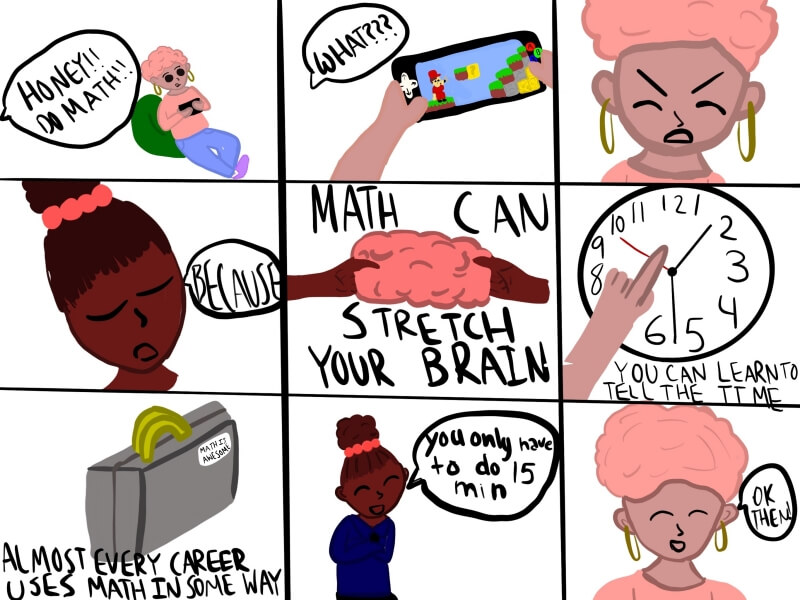
Elementary School Children Don't Get Enough Math Practice at Home
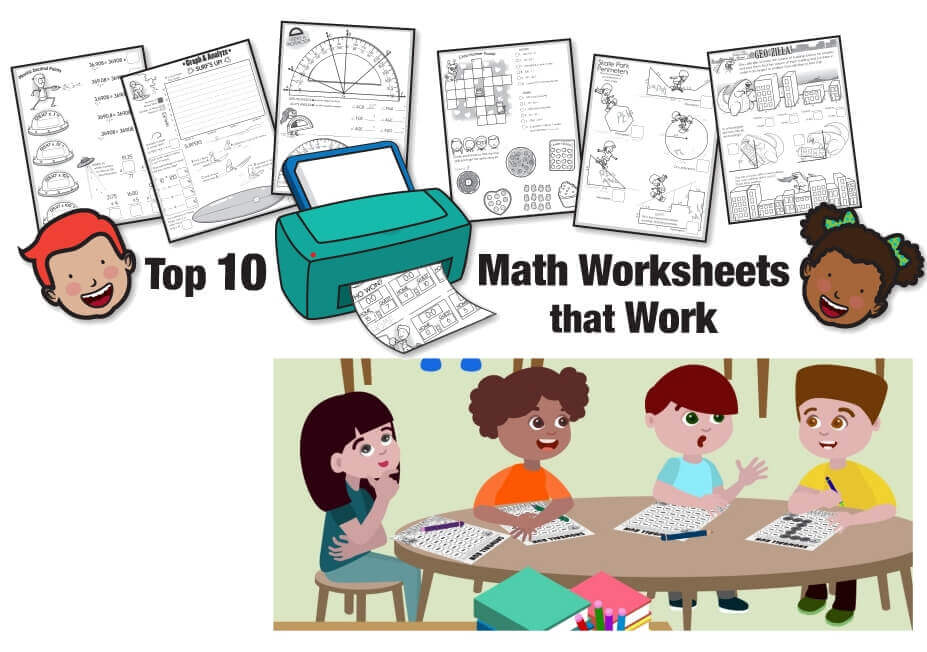
10 Math Worksheets That Work for Teachers (Free Printables)
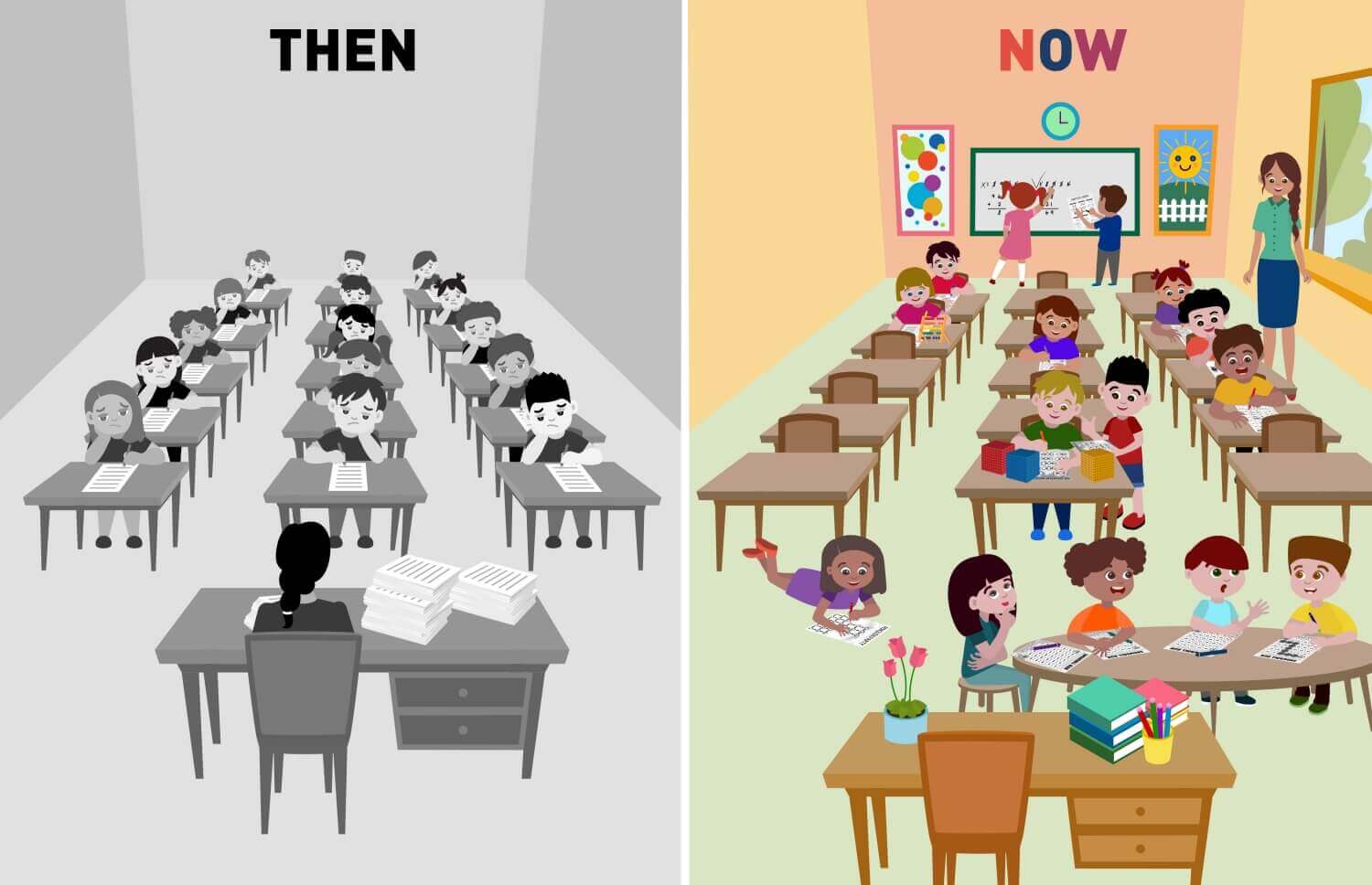
Do Math Worksheets Really Work? What We Found May Surprise You.

Best Teaching Ideas
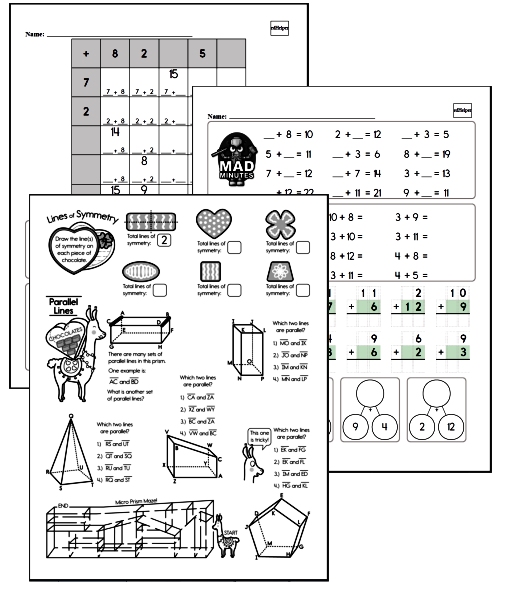
Math Worksheets
Free Math Worksheets - No Login
Kindergarten Jumbo Math Worksheets PackFirst Grade Jumbo Math Worksheets Pack
Second Grade Jumbo Math Worksheets Pack
Third Grade Jumbo Math Worksheets Pack
Fourth Grade Jumbo Math Worksheets Pack
Fifth Grade Jumbo Math Worksheets Pack
Sixth Grade Jumbo Math Worksheets Pack
Middle School Jumbo Math Worksheets Pack
